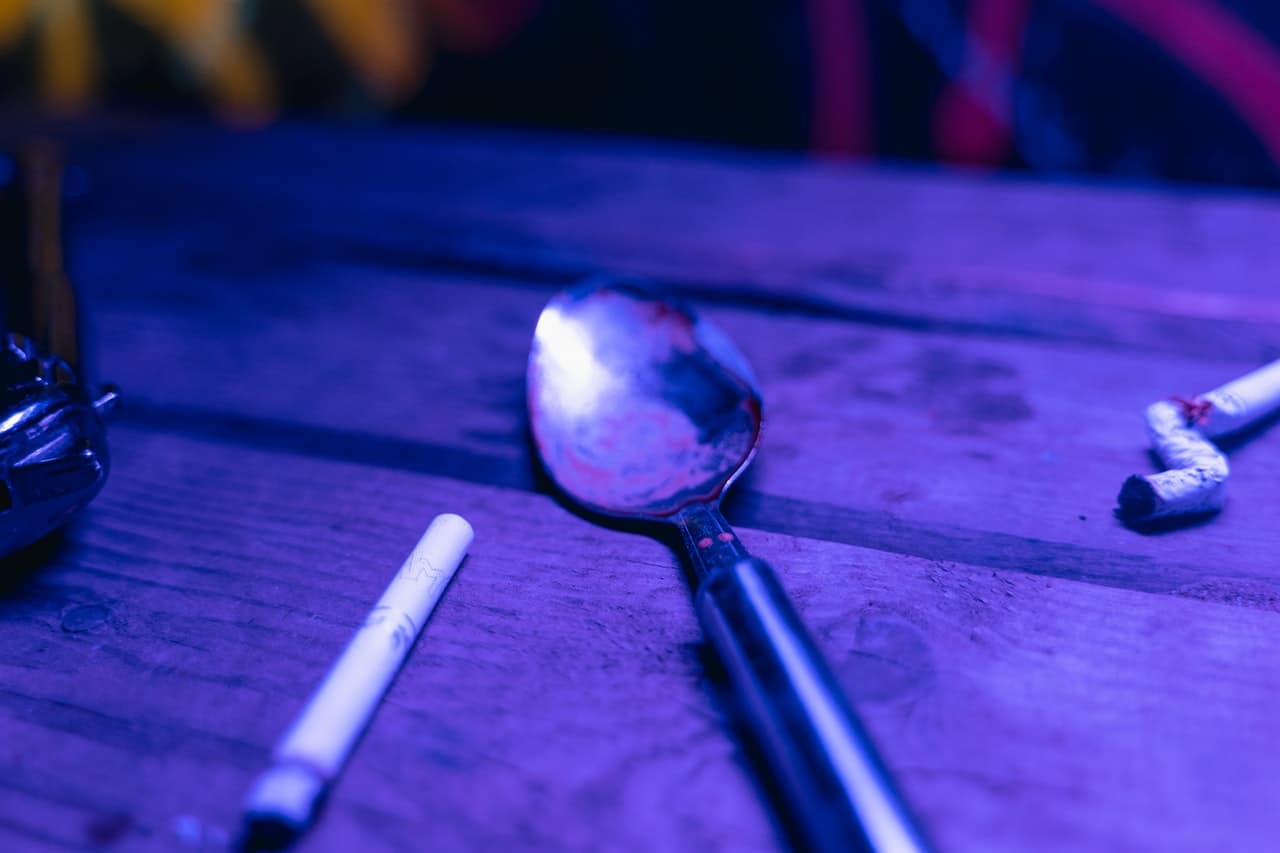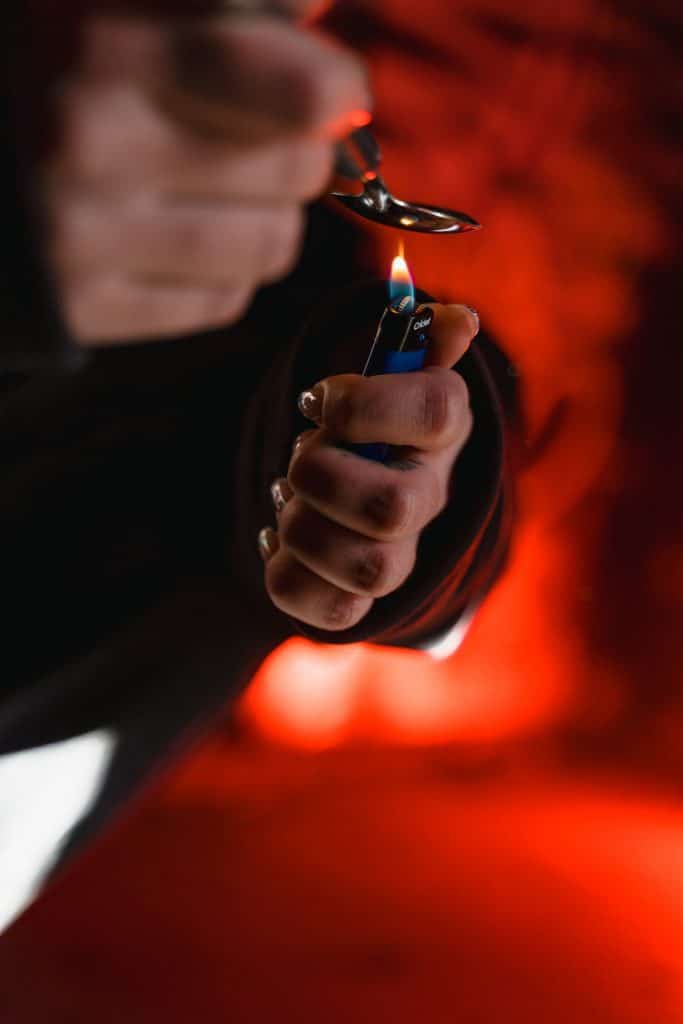
People who abuse drugs use a range of items to make, abuse, or conceal drugs. Most of these items are either hard to access or pretty expensive to buy. So users may opt for everyday household essentials. For example, they will use plastic storage containers to store the drugs or create a pipe out of a pen.
For a loved one, knowing how to recognize these items can help you act quickly. When it comes to drug use, the sooner someone can get substance abuse treatment, the faster they can recover. Becoming drug free is one of the main goal of our health care system.
This is particularly true for highly addictive substances such as heroin and cocaine. Others like fentanyl are very potent and could lead to overdose deaths, according to the National Institute on Drug Abuse.
But recognizing drug items can be harder than it sounds. Generally, these items refer to any material or equipment that drug users use to make, administer, or transport drugs. The items are not always obvious as the methods of drug use or concealing drugs have become quite clever.
A 2018 survey by the National Survey on Drug Use and Health revealed that about 20.3 million people in the United States aged 12+ had a substance use disorder related to alcohol or drugs in the past year. So, if you suspect that your loved one is abusing drugs, it’s best to get to the bottom of it before the situation worsens.
This article will highlight the common household items that people use to abuse, transport, or conceal drugs to give you an idea of what to watch out for. We’ll also recommend steps that you can take once you confirm that a loved one is indeed abusing illegal drugs.

Toothpicks are perhaps the last household items that you'd expect to find on this list. However, they are common paraphernalia, especially among people who smoke illegal drugs like opioids, marijuana, cocaine, and meth. These drugs are smoked in a glass pipe or bong, and from time to time, the bong gets clogged up and stops functioning as it should.
When it does, drug users will need a series of supplies to clean it up, including toothpicks (or paper clips). People also use toothpicks for drugs like meth - where they soak the toothpicks in liquid meth and chew on them throughout the day.
Cocaine users tend to have coke nails. Coke nails refer to the long fingernails; usually, the pinkie nails used to scoop and snort powder cocaine. This act is referred to as doing a bump. The nail acts as the vessel instead of needing an item, like a dollar bill, ATM card, or straw, to snort coke.
But sometimes, one may choose to use finger nail clippers in the place of their nails. Clippers facilitate a quick and easy snorting of a small amount of coke by dipping it into the small containers used to hold drugs.
Teens and young adults who are not old enough to buy alcoholic beverages go for alternatives like nail polish remover that contain alcohol. And since there are no age restrictions surrounding nail polish removers, they buy and drink it for the intoxicating effects.
Some intentionally inhale its vapors (huffing) or apply it directly to their skin for the effects. Young adults use nail polish remover because it’s a cheap and common household item. No one will suspect anything if they see a nail polish remover in their bags or belongings.
Spoons are often used as cocaine or heroin paraphernalia. But drug spoons aren’t the same size as the regular spoon - they are often smaller and might be discolored depending on how the person uses them.

This may come as a surprise, but some people snort, huff, or sniff washing powder as an alternative to crystal meth. Laundry detergents have alcohol and ethanol as ingredients. But they are also packed with chemicals that can harm the body, making them very dangerous.
In addition to using detergents as drugs, some steal the detergents and trade them for drugs. According to one post in the New York Magazine, a 150-ounce bottle of Tide detergent is $5 or $10 worth of crack cocaine or weed. Other similar products abused by teens include deodorants, bath salts, cleaning products, and aerosol sprays.
Foil and toilet paper are often used to smoke heroin. Teens and young adults who abuse drugs may have toilet paper or paper towels sitting around in their rooms. Usually, these serve as some sort of huffing device. You may also notice air canisters, Freon, glue, and other household items.
Teens and young adults use household essentials like compact mirrors, razor blades, straws, tin foil, and hollowed-out writing instruments for drug preparation and use. They also use masks to store or hide drugs.
Finding your loved one with one of these items shouldn’t sound an alarm. After all, they are household items. However, it’s important to pay attention to warning signs that might indicate drug use, such as:
● Changes in behavior and mood
● Paraphernalia in their bags
● Withdrawal symptoms when not using
● Poor hygiene
● Sudden shift in weight
● Missed appointments and other responsibilities
● Changes in sleep patterns
● New friends or acquaintances
● Obvious intoxication
● Hacking cough
● Bloody or runny noses
● Dental decay or scabs on the body
● Talkativeness
● Needle or track marks

You might also want to watch out for risk factors like mental health problems. Stress, anxiety, depression, etc., often tend to co-occur with substance abuse. The risks of drug use are higher in people with mental disorders.
Drug use can have a range of direct and indirect effects on the body. Usually, the effects depend on the type of drug, the person’s health, how much is taken, and how they’re taken. According to NIDA, short-term effects include changes in blood pressure, wakefulness, heart rate, appetite, mood, and stroke, heart attack, overdose, stroke, or death. Long-term effects include cancer, lung disease, heart disease, mental illness, hepatitis, HIV/AIDs, and addiction.
If you suspect your loved one is abusing drugs, it’s best to approach the topic with a well-meaning plan. The aim is not to make the person feel attacked. Find constructive ways to talk to your loved ones, and consider getting them into a treatment program. The best facilities offer individual and family programs to help families and their loved ones.
Individuals often repurpose everyday household items for drug-related activities as makeshift drug paraphernalia, mainly due to their accessibility and the need to conceal drug use.Common household items such as aluminum foil, plastic bottles, and cans are often transformed into makeshift smoking devices or improvised snorting tools for various substances like heroin, crack cocaine, or powdered drugs. These items are adapted to serve the purpose of inhaling or ingesting drugs discreetly, allowing individuals to engage in drug-related activities without drawing attention to their behavior.
Moreover, items like light bulbs or plastic bags may be repurposed into makeshift vaporizers or drug storage containers, providing individuals with a means to consume or transport drugs in a discreet manner. While repurposing household items for drug use may seem convenient, it poses serious health risks, including exposure to harmful chemicals, burns, infections, and overdose. Therefore, it's crucial to address substance use concerns through proper treatment and support rather than resorting to makeshift methods that endanger one's health and well-being.
Several signs may indicate that household items are being repurposed for drug use. One common indicator is the presence of burnt or melted materials on items like aluminum foil, plastic bottles, or cans, suggesting they have been used as makeshift smoking devices for drugs such as heroin, crack cocaine, or methamphetamine. Additionally, finding unusual or modified objects like light bulbs, plastic bags, or pens may raise suspicion, as they may be altered for drug-related activities like vaporizing drugs or inhaling powdered substances.
Moreover, the discovery of residue or powdery substances on household surfaces like mirrors or countertops may suggest that items are being used for snorting drugs like cocaine or crushed prescription pills. Hidden or secretive behavior, such as concealing household items in unusual places or sudden changes in social behavior like withdrawal and isolation, may also indicate underlying drug use. Additionally, unexplained financial difficulties or missing household items commonly used in the drug preparation process may further raise concerns.Recognizing these signs is crucial for identifying potential substance abuse issues and providing support and assistance to individuals who may be struggling with addiction.
To prevent household items from being co-opted in drug use, several proactive steps can betaken. Education and awareness initiatives are essential, as they equip individuals with the knowledge to recognize signs of drug use and take preventive action. Proper disposal of unused medications is crucial to prevent them from being accessed and misused for recreational purposes. Additionally, securing household items commonly associated with drug use, such as lighters or aluminum foil, in inaccessible locations can deter easy access. Open communication within families and communities fosters a supportive environment where individuals struggling with addiction feel comfortable seeking help and support. Regular monitoring and supervision, particularly of adolescents and young adults, aids in identifying early signs of substance abuse and intervening effectively. Seeking professional help from addiction specialists or treatment centers is paramount if substance abuse issues are suspected or identified, as it provides individuals with the necessary support and resources to address their addiction and prevent relapse. Lastly, safe disposal of drug paraphernalia minimizes the risk of accidental exposure or injury and prevents their reuse. Through these preventive measures, households can create safer environments and mitigate the risk of household items being used for drug-related activities.
Yes, household items can be ingeniously repurposed to conceal drug use. Individuals may utilize everyday objects to hide drugs, drug paraphernalia, or the physical signs of drug use from others. Common methods include hollowing out books or containers to stash drugs discreetly, creating false-bottomed compartments in containers to evade detection during searches, or modifying personal belongings like pens or clothing to conceal small amounts of drugs or paraphernalia. Larger household appliances and furniture may also be utilized, with hidden compartments or unused spaces serving as concealment spots. While these methods allow individuals to engage in drug-related activities discreetly, it's crucial to acknowledge the associated risks and potential consequences. Concealing drug use not only perpetuates substance abuse but also hinders individuals from seeking the help and support they need for recovery. Addressing substance abuse issues through proper treatment and support is paramount to promoting long-term health and well-being, both for individuals and their communities.